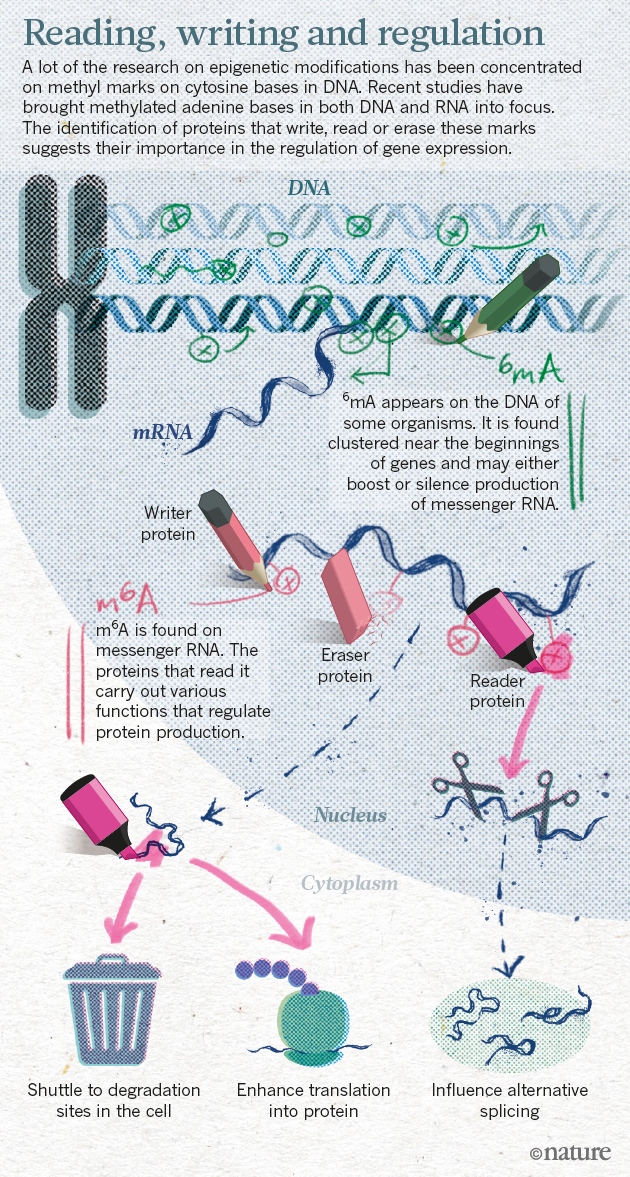Cass Sunstein shows in his las published article that nudging may fail, and explains the reasons and what to do. Great, I was waiting for that, because we need to disentangle the current approaches to nudging. the article tries to shed light, but in the end, uncertainties remain.
The general point is that any form of choice architecture, including the use of default rules, may have little or no net effect if people are able to find otherdomains in which to counteract it. The idea of compensating behavior can be seen as a subset of the general category of strong antecedent references, but it points to a more specifi c case, in which the apparent success of the nudge is an illusion in terms of what choice architects actually care about (Hirschman,1991).Therefore with this text Sunstein is landing to the practical difficulties on nudging. Highly recommended.
What matters is welfare, not effectiveness (Sunstein,2016). A largely ineffective nudge may have positive welfare effects; an effective nudge might turn out to reduce welfare. A strong reason for nudges, as distinguished from more aggressive tools, is that they preserve freedom of choice and thus allow people to go their own way. In many contexts, that is indeed a virtue, and the ineffectiveness of nudges, for some or many, is nothing to lament. But when choosers are making clear errors, and when third-party effects are involved, the ineffectiveness of nudges provides a good reason to consider stronger measures on welfare grounds.
PS. Congratulations to Adam Oliver, C. Sunstein and G. Akerloff for the new journal.
Pissarro à Eragny - La nature retrouvée
Au Musée de Luxembourg maintenant





